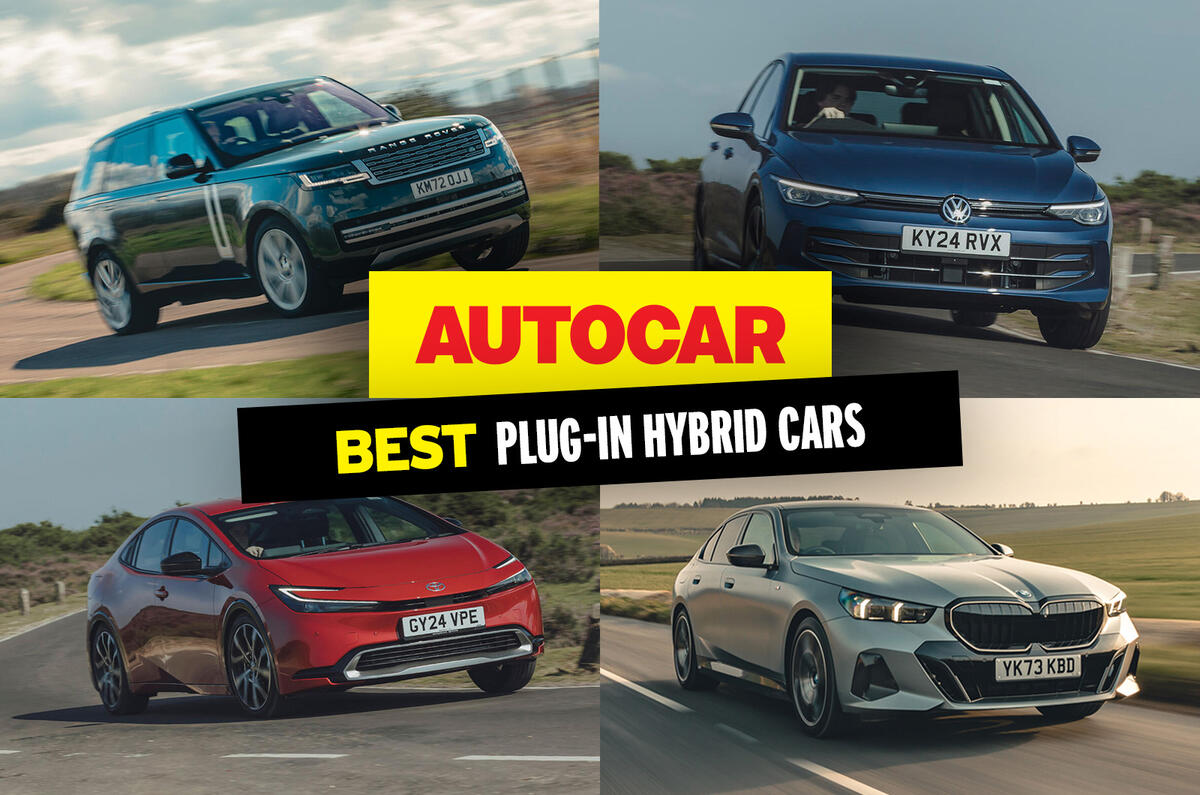If you’re not ready to move to a fully electric battery-powered car, plug-in hybrid cars are one of the best ways to dip your toe into the world of electrification.
They split the best of both worlds, powered primarily by an internal combustion engine but supported by a sizable battery and an electric motor.
Plug-in hybrid cars can drive solely on electric power for extended periods, unlike regular hybrids or mild hybrids.
While their electric ranges were previously quite short, they’re now growing to impressive levels.
Some can even drive over 60 miles on electric only, which means many drivers might never need to fuel their car with petrol if they keep their cars charged.
Plug-in hybrid cars come in all shapes and sizes. SUVs, saloons, estates and even hatchbacks are now available as plug-in hybrids, so there’s no shortage of choice.
But which are the best you can buy today? We’ve dived into a handful of segments and listed the best so you don’t have to.
Our top pick is the Volkswagen Golf eHybrid, which offers a sublime electric range and excellent comfort for a good price. Read on to see the rest of the list…




Join the debate
Add your comment
I’ve been seriously considering a plug-in hybrid lately, and this list really confirms why they make so much sense right now. For everyday life, that 60+ mile electric range covers most commutes, school runs, and errands without touching petrol. Models like the Golf eHybrid feel practical, not experimental anymore. I also like that there’s choice now, from family SUVs to saloons. Reading mixed owner feedback on sites like logistimatics reminds me how important real-world use is, not just specs.
Lexus NX450 is a great choice!
why i cant comment here